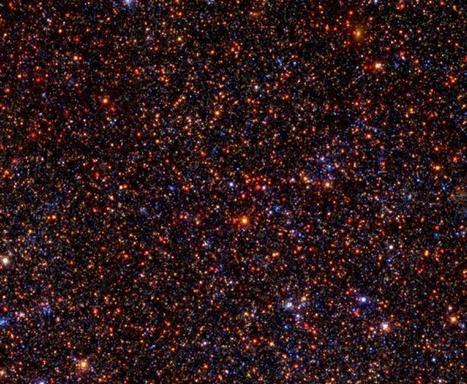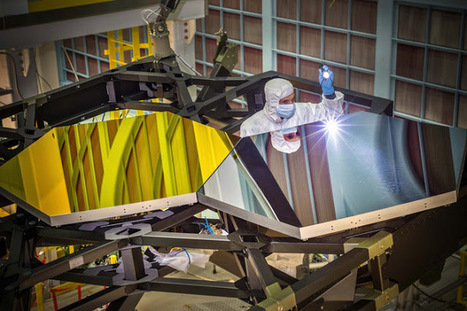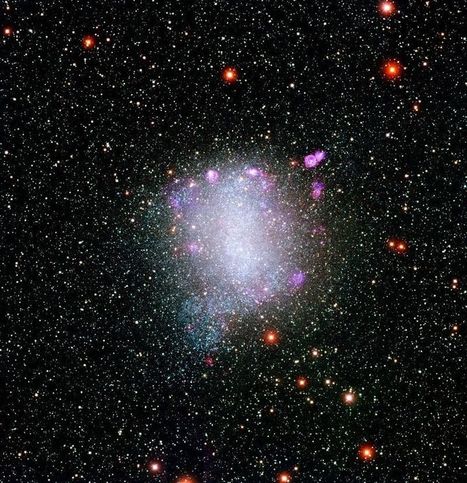NASA's Fermi Gamma-ray Space Telescope has found a signal at the center of the neighboring Andromeda galaxy that could indicate the presence of the mysterious dark side of the universes known as dark matter. The signal is similar to one seen by Fermi at the center of our own Milky Way galaxy.
Surprisingly, the latest Fermi data shows the gamma rays in Andromeda -- also known as M31 -- are confined to the galaxy's center instead of spread throughout. To explain this unusual distribution, scientists are proposing that the emission may come from several undetermined sources. One of them could be dark matter, an unknown substance that makes up most of the universe.
Research and publish the best content.
Get Started for FREE
Sign up with Facebook Sign up with X
I don't have a Facebook or a X account
Already have an account: Login

 Your new post is loading... Your new post is loading...
 Your new post is loading... Your new post is loading...
|
|













